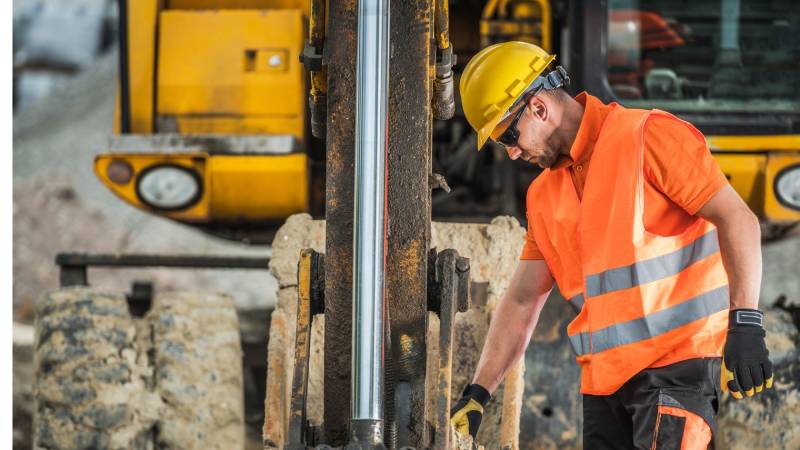
Urban landscapes are transforming, and the catalyst of this change is something lying beneath our very feet: excavation innovation. City planning isn't just about creating spaces; it’s about reshaping civilization for centuries to come.
Did you know that modern excavation techniques can reduce construction times by up to 30%? With urban populations set to double in the next 30 years, these groundbreaking advancements are not just nice to have; they're crucial for the future of city living.
1. Hydro-Excavation
The power of water, so often associated with destruction, is now an agent of gentle precision in hydro-excavation. “This method cuts through soil with water's natural finesse, reducing the risk of damaging what lies beneath and providing a safer environment for workers,” states a hydro excavation specialist from Newcastle.
This gentler approach to urbanization reflects our growing understanding that force is not always the answer. Sometimes, the best way to move forward is to flow with the natural course—and hydro-excavation is leading this tranquil charge.
2. Subsurface Utility Mapping
Gone are the days of guesswork in urban excavation. Today's city planning starts with digital subsurface utility mapping, an innovation that's erasing the uncertainty of what lies below. This technology peeks underground with astonishing clarity, ensuring not a single utility line is disturbed unintentionally.
By incorporating 3D modeling, planners can now visualize the complex network of utilities with ease. This advancement means fewer disruptions for residents and a streamlined process for construction teams, catapulting efficiency in city development to new heights.
3. Non-Destructive Techniques
Imagine being able to explore beneath historical sites without disturbing a grain of soil above. That’s the magic of non-destructive excavation methods. They are not just preserving the integrity of our historical treasures; they are protecting our heritage while allowing for urban growth.
These techniques, utilizing precision instruments, ensure that we can build for the future without erasing our past. As we write the next chapter of our cities, these innovative methods guarantee the story of our history remains intact and respected.
4. Green Excavation
Green excavation is not a trend; it's a revolution. Reducing the environmental footprint of urban development is no longer a mere consideration—it's a necessity. Excavation practices now often involve recycling the unearthed material, transforming potential waste into resourceful by-products.
The result? Construction projects that are as sustainable as they are innovative. By valuing the environment as much as urbanization, these green methods are ensuring our cities will be livable not just today, but for generations to come.
5. Automated Machinery
Enter the era of automation, where precision and productivity are the new norms in excavation. Automated machinery, guided by AI, can perform complex tasks with minimal human intervention, reducing errors and enhancing safety on-site.
This leap forward is more than just a technological showcase; it's a promise of a more precise future. With automated machinery, city planners can expect projects to be completed with a finesse that only machines can deliver, all while keeping the human workforce safe
6. Real-Time Data Analytics
Information is power, especially when it comes to reshaping cities. Real-time data analytics from excavation sites empower city planners with insights that were previously unfathomable. This means decision-making is informed, agile, and, most importantly, impactful.
By harnessing this flow of data, urban development becomes a symphony of informed choices, each one leading to optimized outcomes for the city's infrastructure and its inhabitants.
7. Noise-Reduction Protocols
Construction noise is more than a nuisance—it's a quality-of-life issue for city dwellers. The latest noise-reduction protocols in excavation are changing the soundscape of urban development, making it possible to work without disturbing the peace.
These protocols are not just about comfort; they're about respect—respect for the everyday lives of residents. And as we build the cities of tomorrow, this respect is becoming the cornerstone of modern urban excavation.
Closing Thoughts
Excavation is not just about digging; it's about laying the foundation for future generations. These seven innovations are reshaping city planning into an art form that values precision, sustainability, and heritage.
Let's embrace these changes, for in the blueprint of today lies the legacy of our cities for centuries to come.